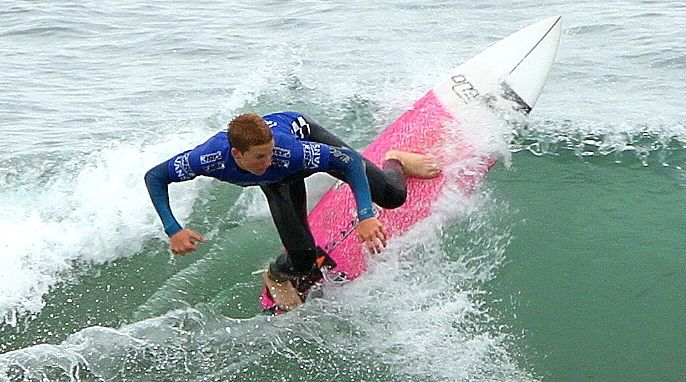The sport of surfing involves a combination of physics, oceanography, meteorology, and biology, making it a fascinating subject to explore from a scientific perspective. Here are some key aspects of the science of surfing:
- Waves and Wave Formation:
- Surfing is fundamentally about riding waves. Waves are created by the transfer of energy from the wind to the water’s surface. Factors like wind speed, wind duration, and the fetch (the distance over which the wind blows) influence wave size and quality.
- Wave Anatomy:
- Understanding the anatomy of a wave is crucial for surfers. A typical wave consists of a series of phases, including the face, the lip, and the shoulder. Surfers use this knowledge to position themselves for the best ride.
- Wave Mechanics:
- The motion of a wave is governed by wave mechanics. Concepts like wave height, period (the time between two successive wave crests), wavelength, and wave speed all play a role in how waves behave and how surfers interact with them.
- Oceanography:
- Oceanography is the study of the physical and biological aspects of the ocean. This field of science helps surfers understand tides, currents, water temperature, and other ocean-related factors that can affect surf conditions.
- Meteorology:
- Meteorology plays a significant role in surfing because it’s responsible for predicting weather patterns, including wind, storms, and weather systems. Surfers rely on weather forecasts to plan their sessions and chase the best waves.
- Biology and Marine Life:
- The ocean is teeming with marine life, some of which can impact surfers. Knowledge of marine biology helps surfers understand the presence of different sea creatures, like sharks or jellyfish, and how to interact with the ocean environment respectfully.
- Fluid Dynamics:
- The motion of water, as a fluid, adheres to principles of fluid dynamics. Understanding how water flows over a surfboard and interacts with a surfer’s body is essential for riding waves effectively.
- Surfboard Design:
- Surfboard design is highly influenced by aerodynamics and hydrodynamics. The shape, volume, and fin configuration of a surfboard are critical factors in how it performs in the water.
- Safety and Rescue Techniques:
- Knowledge of first aid, water safety, and rescue techniques are essential for surfers, especially when dealing with potentially hazardous ocean conditions and rip currents.
- Environmental Impact:
- The impact of surfing on the environment is also a subject of scientific interest. Researchers study how surfers and surf tourism can affect coastal ecosystems, as well as how climate change and sea-level rise can impact surf spots.
The science of surfing is a multidisciplinary field that brings together various scientific principles and environmental factors. Surfers, scientists, and environmentalists continue to explore and research these topics to better understand the sport, its environmental impact, and how to enjoy it safely and responsibly.











